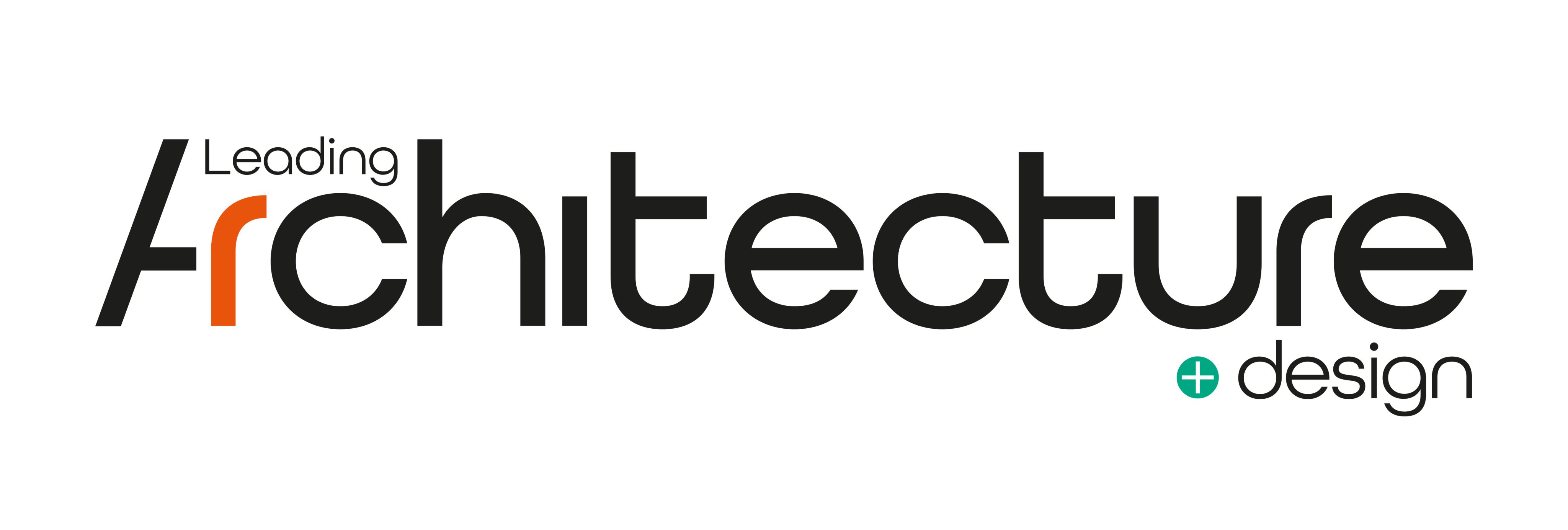Field work
A new Space Weather Centre building in Hermanus, designed by AVNA Architects,
was inspired by the beautiful magnetic fields that the scientists in the building study.
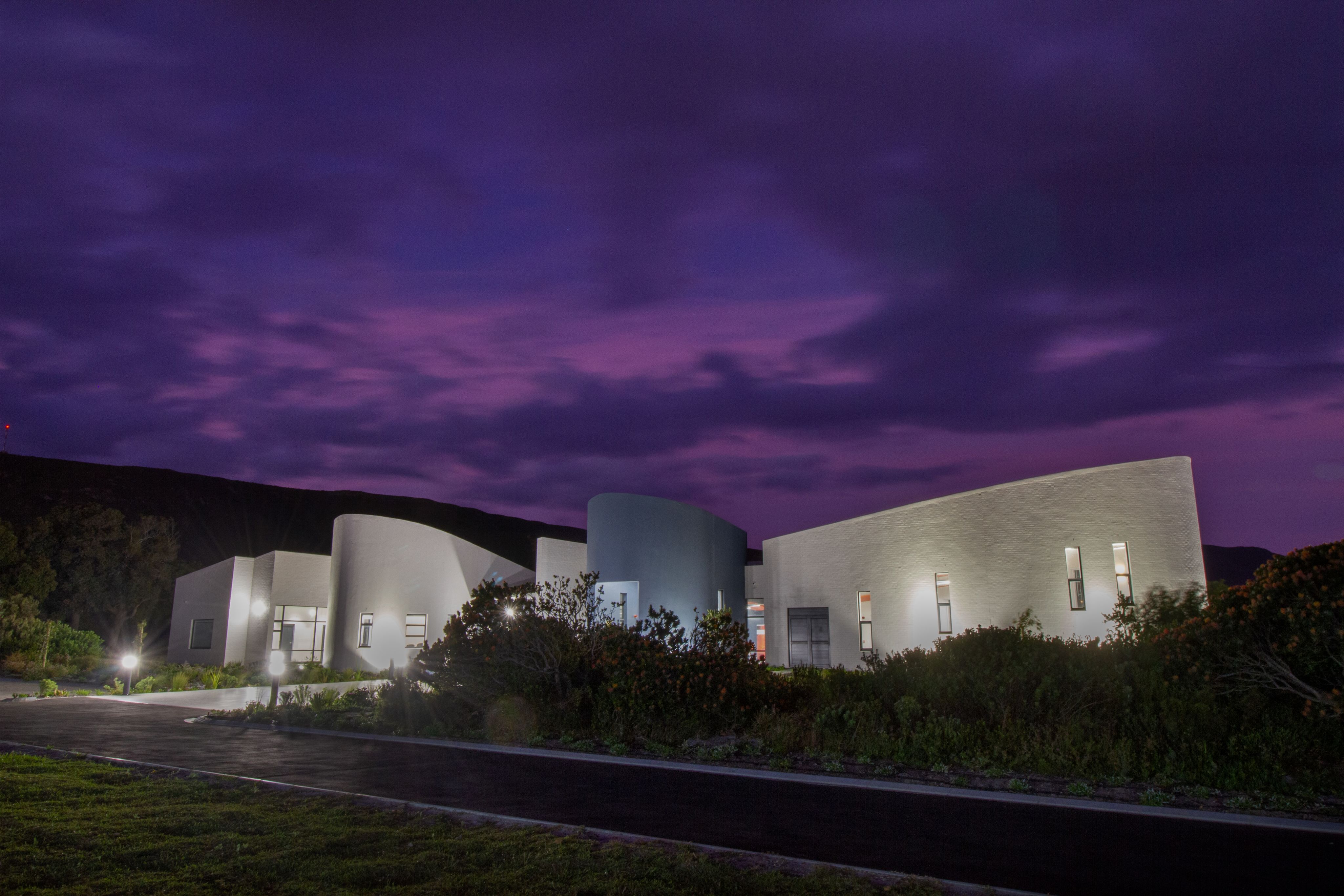
The South African National Space Agency (SANSA) in Hermanus in the Western Cape is among five designated space weather information providers for the aviation sector in the world. Together with others in Southern Africa and Antarctica, these centres are responsible for monitoring and tracking solar flares and storms, which affect the earth’s magnetic field and can affect electrical appliances, electricity grids and communication and navigation satellites.

The data they gather is shared with other space agencies worldwide, and they use computer modelling software to provide space weather warnings.
The space weather centre is in Hermanus – and has been since 1941 – because it is what scientists call a “magnetically clean environment”. Artificial magnetic disturbances are commonly found in cities and railways, which is why remote locations are preferred. Hermanus also has no rail infrastructure, which commonly affects magnetic fields, and is free from natural magnetic rock formations. They affect the sensitive measuring instruments that the scientists use.
The new Space Weather Centre, which was completed and officially opened at the end of 2022, was designed by Heidi McAllister, a young architect from AVNA Architects. The centre is part of a larger precinct. The new building was sited opposite an existing office and administration block, which created an approach line that links these two buildings within the precinct. In addition to the Space Weather Centre, several other buildings were added to the precinct, including new guest accommodation (visiting scientists often stay for extended periods), an extension of the existing student residence, and a generator and transformer building.
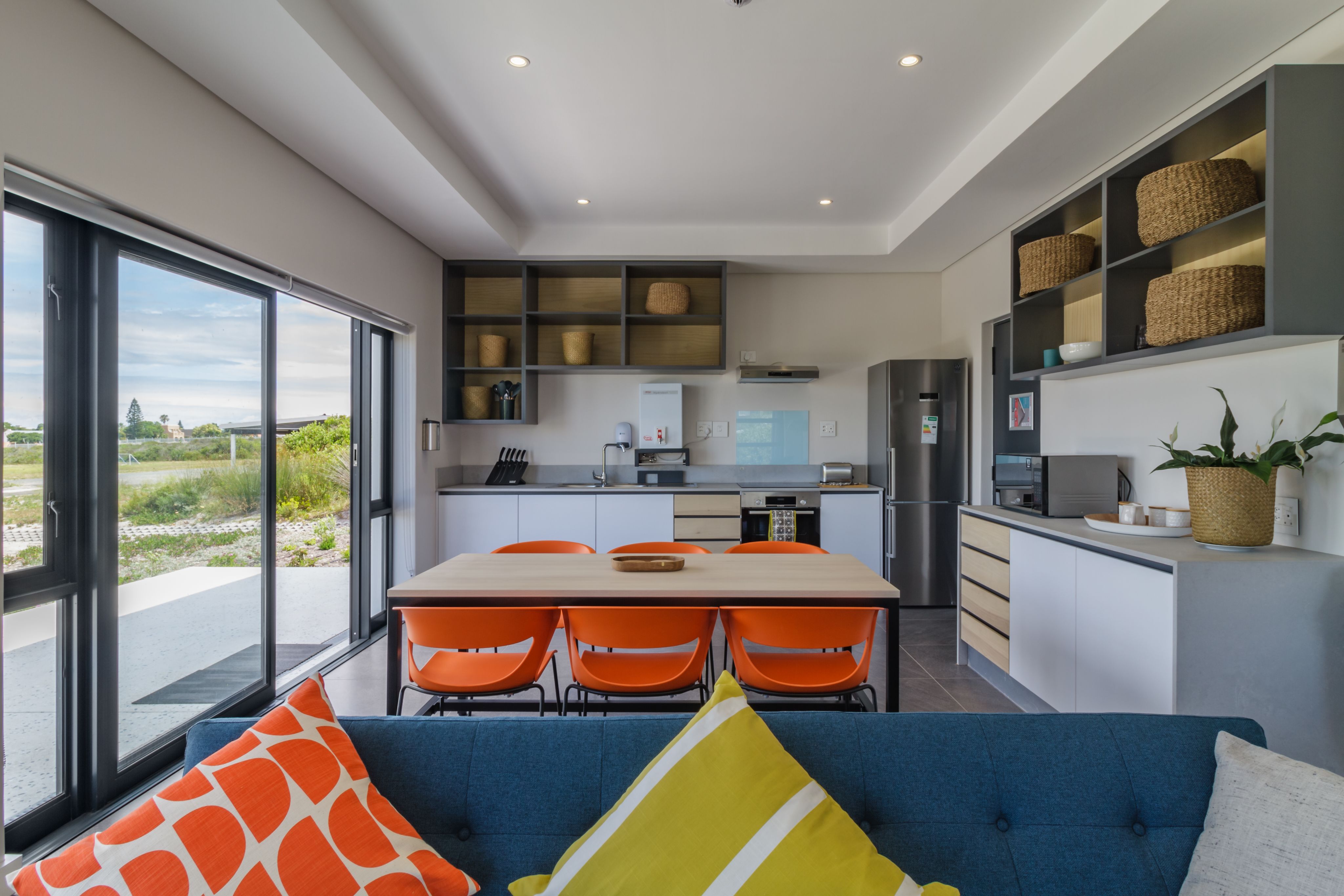

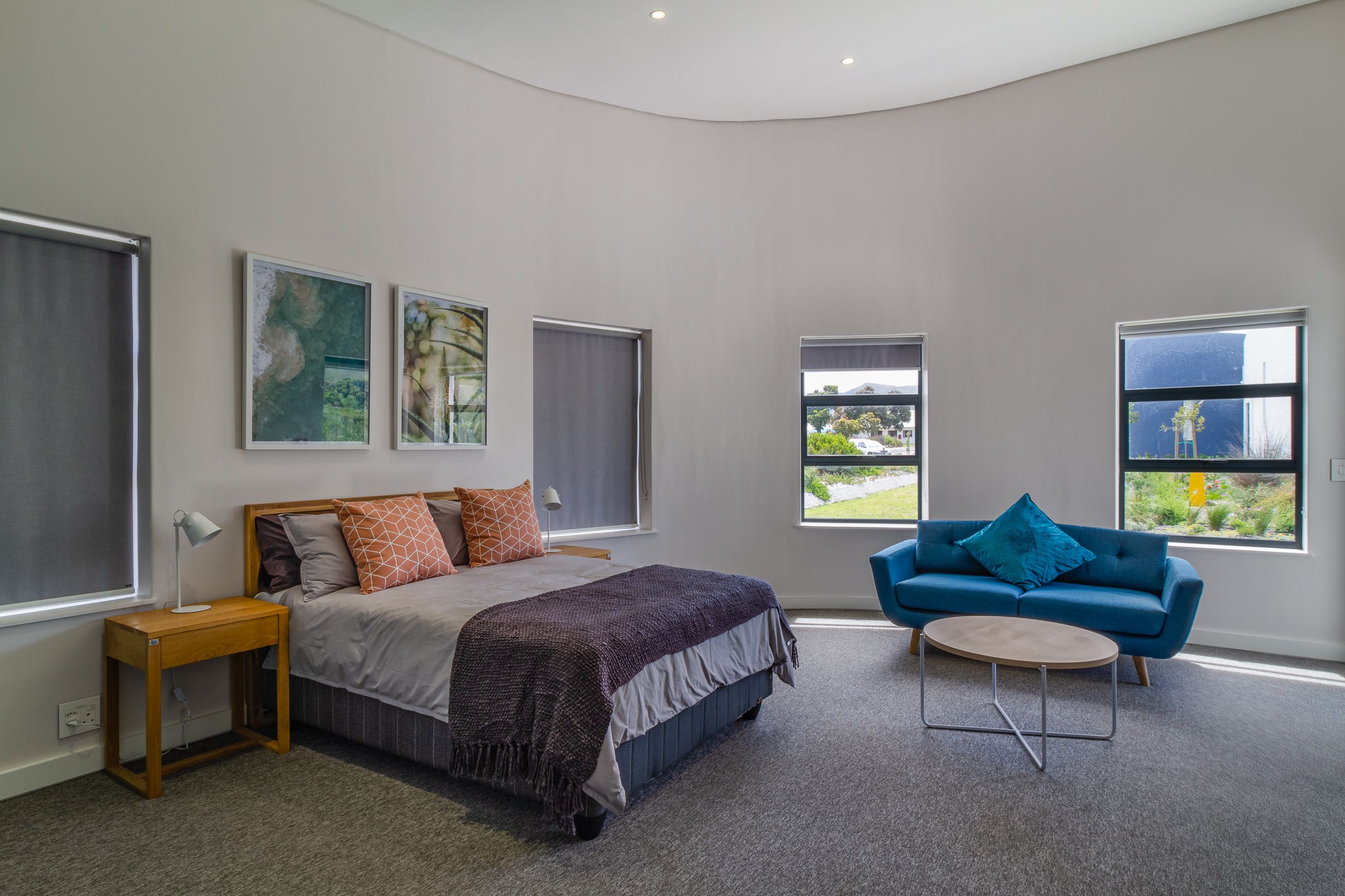
In addition to housing the control hub, the centre also needed to cater for public tours, including visits from large groups of school children, and monthly public lectures.
The design of the building was inspired by the beautiful elliptical curves of the magnetic fields that the scientists working in the building study. McAllister notes that the design of the building is a way of visually and architecturally celebrating the work done in the building – making the invisible visible. She adds, “The curved shapes and vertical planes break the building’s façade into portions, with key areas being celebrated with sculptural volumes and spaces that can be seen in the main entrance, lecture hall and boardrooms.”

The materials used in the construction of the buildings needed to be non-magnetic. Fibre cement roof sheeting was used to replace standard metal roof sheeting. All roof trusses are timber, which McAllister notes was especially challenging with the larger spans inside the foyer and lecture hall. The façade features contrasting smooth plasterwork and rough painted bagged brickwork. “This creates a visual interest and accentuates the architectural detail, thereby softening the façade,” says McAllister. Blue feature walls and elements were added to highlight key areas such as the main entrance.
A gradually sloping polished concrete ramp leads up to building. It is made from black and white aggregate and crushed perlemoen shells that glisten in the sunlight. The entrance opens into a dark lobby with a circular glowing orb overhead – “a moment in space”, as McAllister puts it. Beyond this is a generous foyer with an expressive ceiling featuring suspended circular orange acoustic panels and feature lights. “The main control centre is visible through a glass wall, where scientists can be observed monitoring space weather data on a large, curved screen,” says McAllister.
The building is divided into a public area that includes the lecture hall, and a large foyer for events. The offices are access controlled and are distinguished through different colours. “The public areas have bursts of bright colours to create a stimulating and exciting space to visit,” says McAllister. “The office wing has a toned down colour scheme of blues and greys with soft timber joinery, to create a calming environment in which to work.”
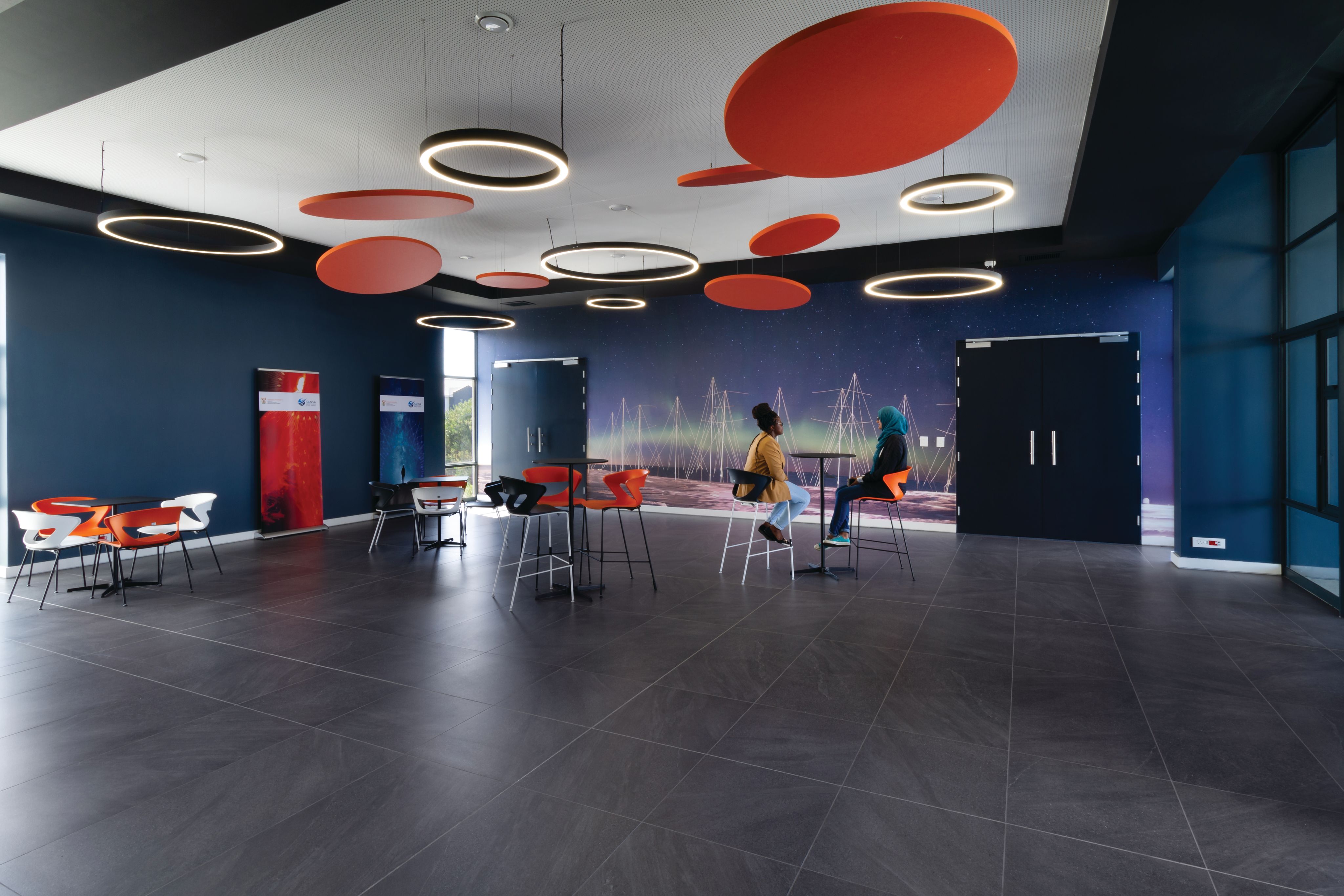

The sculptural curved shape of the 100-seater lecture hall off the foyer is not merely aesthetic. As well as providing a more interesting architectural experience for visitors that a rectilinear building might, the shape improves acoustics, enhanced by more circular orange and white acoustic panels. “Narrow slot windows have been placed in key locations to capture views of the fynbos gardens and the ocean in the distance,” notes McAllister.
The office wing comprises cellular and open-plan offices, two boardrooms, a staff kitchenette, a large server room, staff ablutions and sleeping pods. All joinery was designed by the architects, with soft timber contrasting a selection of greys to create a corporate atmosphere. Feature wallpaper and canvas panels were custom printed to add colour to the passages and the offices, all chosen with a space theme. All furniture, artwork and décor were selected to complete a holistic interior space.
McAllister comments that it is noteworthy that the new facility will be run by a team of female scientists and forecasters, and that the main drivers for launching the project, including McAllister herself, were all women and leaders in their fields. “This project is both a success in the field of science and equality in the work environment,” she says.
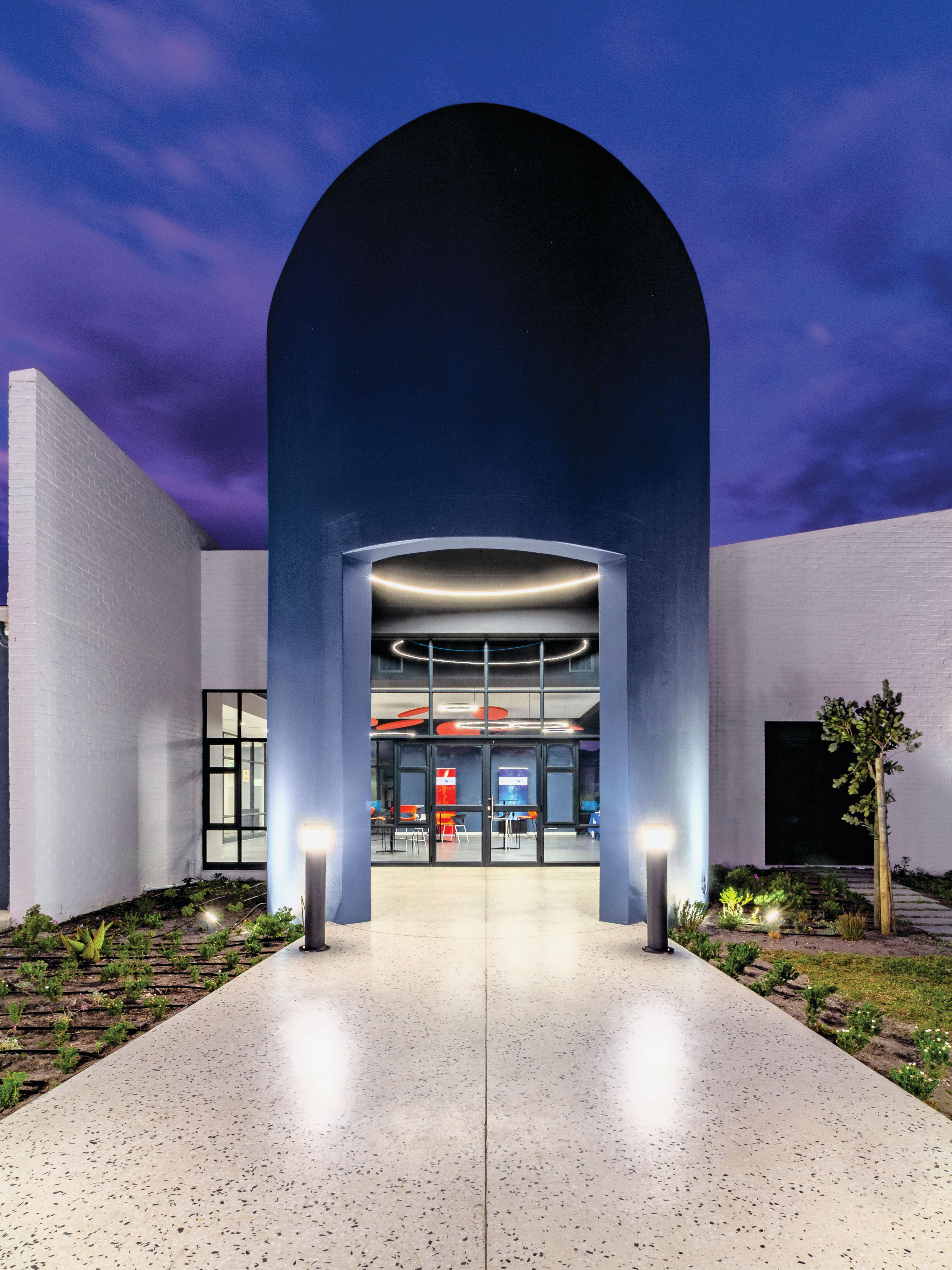
Professional team
Architects: AVNA Architects | Project Manager and Principal Agent: Schoonraad Architects | Quantity Surveyors: Farrow Laing | Engineering: NWE Consulting Engineers
Contractors: Edge to Edge | Health & Safety: QSafety | Lighting Consultant: LED Light Consult SA | Landscaping: Revive Landscaping
Leading Architecture + Design is South Africa’s leading showcase of the country’s most exciting and innovative architectural and design projects. This bimonthly magazine speaks directly to South Africa’s architects, interior designers, engineers, construction companies and property developers. It also offers readers a showcase of the latest innovations, products and developments in the field of architecture and its related industries. The print edition of Leading Architecture + Design is complemented by a vibrant website, fortnightly newsletter and social media platforms.

